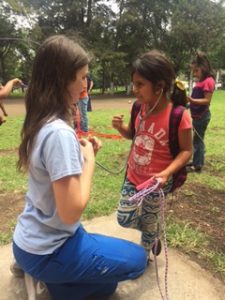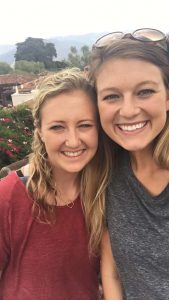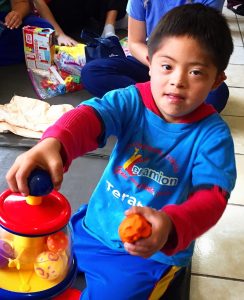Several faculty within the School of Nursing have recently been recognized for their contributions to the field. Below is a list of their accomplishments.
Dr. Angela Lane (Assistant Professor of Nursing) and Dr. Ruby Dunlap (Associate Professor of Nursing) will present a poster entitled “Start with What They Know: Student Perception of Self-efficacy in Community Health Nursing” at the Sigma Theta Tau International Research Conference in Washington, DC in April 2018.
Dr. Mona Ivey Soto (Assistant Professor of Education), Dr. Sabrina Sullenberger (Associate Professor in Social Work) and Dr. Angela Lane will give a podium presentation entitled “Empowering Trauma-Informed Undergraduates: Educating and Equipping the Next Cadre of Leaders from Diverse Helping Professions” at the Southeastern Adverse Childhood Experiences (ACEs) conference in Asheville, NC in October 2017.
Ms. Jennifer Hicks, Dr. Robin Cobb (Assistant Professor of Nursing) and Dr. Betsy Kennedy had a poster entitled “A Narrative Approach to the Delivery of Perinatal Loss Care Course Content in an Undergraduate Obstetric Nursing Course” presented at the International Stillbirth Alliance conference at University College Cork, Cork Ireland in September 2017.
Dr. Erin Shankel (Assistant Professor of Nursing) gave a podium presentation at the 2017 TNA conference entitled Preventing Your own Compassion Fatigue: An Ethical Imperative.
Dr. Ruby Dunlap and Ms. Emily Morse have a newly published chapter in the edited text Culturally engaging service-learning with diverse communities (2017) published by IGI Global. Their chapter is entitled “Refugee Families and Undergraduate Nursing Service-Learning: Thinking Globally, Acting Locally.”
Dr. Ashley Scism and Dr. Robin Cobb have a manuscript entitled “Integrative Review of Factors and Interventions that Influence Early Father-Infant Bonding” in the Journal of Obstetric, Gynecologic, and Neonatal Nursing.
Dr. Angela Lane completed Trust Based Relational Intervention Practitioner Training in Fort Worth, Texas last month.
Dr. Donna Copenhaver (Assistant Professor of Nursing) was re-elected as Tennessee Nurses Association (TNA) Secretary and Dr. Loretta Bond (Assistant Professor of Nursing) was elected as TNA Director, Government Affairs.




 Dr. Jamie Adam, associate professor in the School of Nursing, was selected to participate in the Mary Frances Picciano Dietary Supplement Research Practicum held at the National Institutes of Health earlier this summer. The practicum experience is an intensive educational opportunity designed for faculty and practitioners within dietary supplement education and research. Participant selection is competitive and open to faculty, graduate students and research practitioners in health-related disciplines including nutrition, food science, pharmacy, pharmacology and pharmacognosy, exercise science and kinesiology, medicine, dentistry, nursing and complementary and alternative medicine.
Dr. Jamie Adam, associate professor in the School of Nursing, was selected to participate in the Mary Frances Picciano Dietary Supplement Research Practicum held at the National Institutes of Health earlier this summer. The practicum experience is an intensive educational opportunity designed for faculty and practitioners within dietary supplement education and research. Participant selection is competitive and open to faculty, graduate students and research practitioners in health-related disciplines including nutrition, food science, pharmacy, pharmacology and pharmacognosy, exercise science and kinesiology, medicine, dentistry, nursing and complementary and alternative medicine.


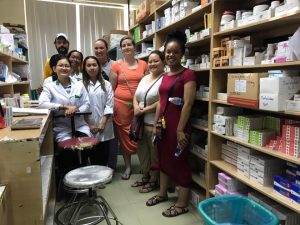











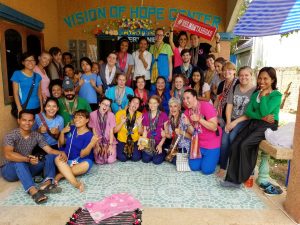

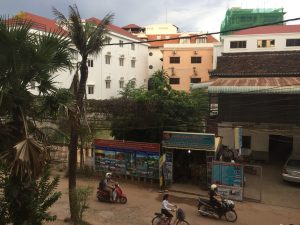

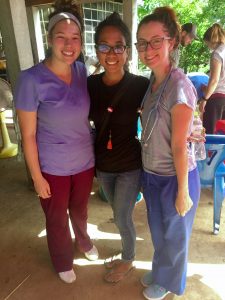
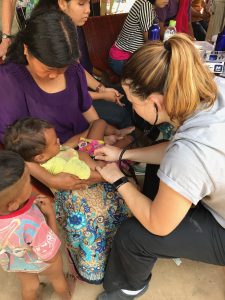

 Later tonight, we went to dinner and then came back for praise and worship with Freedom’s Promise. We sang and worshiped together and it was truly amazing to see just how powerful God’s love is. His love is not just in our Bible belt of the South, but across the entire world. It is very powerful to watch Him work in everyone’s lives and see how much impact God has had in Cambodia and in our lives the short time we’ve been in Cambodia. After we worshiped, Freedom’s Promise brought out handmade bags, wallets, and other little items for purchasing. Our group swarmed at them because apparently we can’t pass up a good Cambodian deal. Dr. Massie was the first one there and just about everyone in our group bought something! We had a great day and tomorrow we are doing another clinic in Poipet before we head to Siem Rep for temples and being tourists!
Later tonight, we went to dinner and then came back for praise and worship with Freedom’s Promise. We sang and worshiped together and it was truly amazing to see just how powerful God’s love is. His love is not just in our Bible belt of the South, but across the entire world. It is very powerful to watch Him work in everyone’s lives and see how much impact God has had in Cambodia and in our lives the short time we’ve been in Cambodia. After we worshiped, Freedom’s Promise brought out handmade bags, wallets, and other little items for purchasing. Our group swarmed at them because apparently we can’t pass up a good Cambodian deal. Dr. Massie was the first one there and just about everyone in our group bought something! We had a great day and tomorrow we are doing another clinic in Poipet before we head to Siem Rep for temples and being tourists! Dr. Natalie Michaels, associate professor in the College of Health Sciences and Michal Christian, program assistant in the School of Nursing, continue to make music together in an effort to raise money for the Down Syndrome Association of Middle Tennessee. With the addition of Dr. Mark Christian, adjunct professor in the College of Theology and Christian Ministry, the group played everything from “Misty” to “I Will Always Love You.”
Dr. Natalie Michaels, associate professor in the College of Health Sciences and Michal Christian, program assistant in the School of Nursing, continue to make music together in an effort to raise money for the Down Syndrome Association of Middle Tennessee. With the addition of Dr. Mark Christian, adjunct professor in the College of Theology and Christian Ministry, the group played everything from “Misty” to “I Will Always Love You.”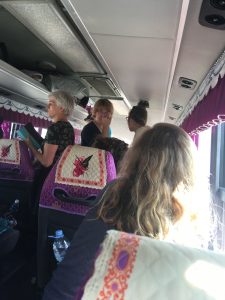



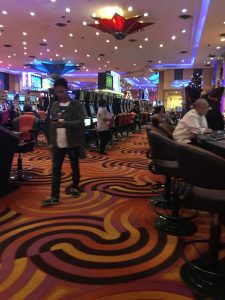
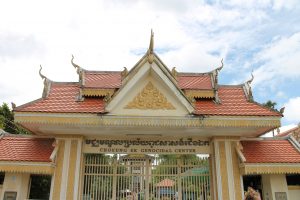



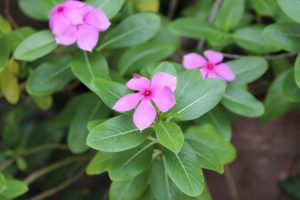
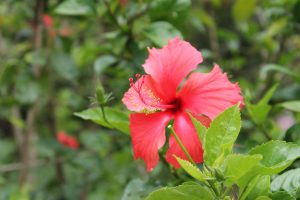
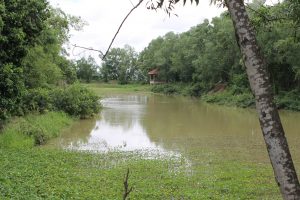
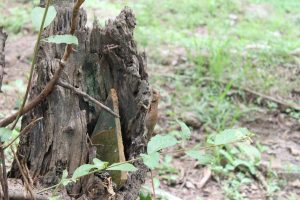
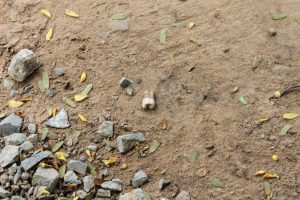
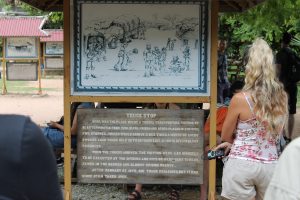

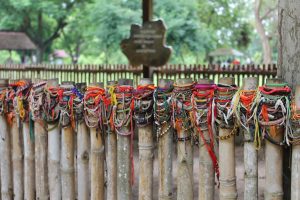
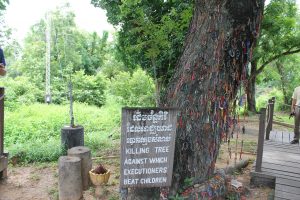
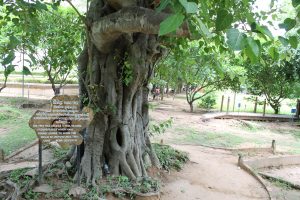
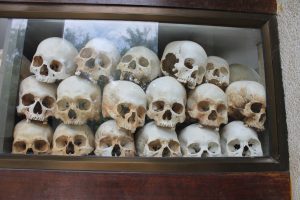
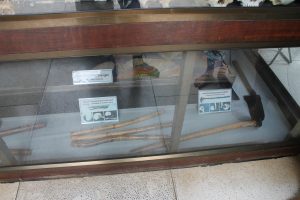
 ith rubber bands. They learned limbo and we played their version of jump rope. As they waited for the next part of the assessment, Lauren and I were taught some of the shapes in Khmer. We sang “Head, Shoulder, Knees, and Toes” and taught some boys how to flip a half full water bottle to make it land correctly and cheered after many attempts for each of us. These kids were full of joy, despite their circumstances and I think that was the most powerful part of the entire experience.
ith rubber bands. They learned limbo and we played their version of jump rope. As they waited for the next part of the assessment, Lauren and I were taught some of the shapes in Khmer. We sang “Head, Shoulder, Knees, and Toes” and taught some boys how to flip a half full water bottle to make it land correctly and cheered after many attempts for each of us. These kids were full of joy, despite their circumstances and I think that was the most powerful part of the entire experience.


